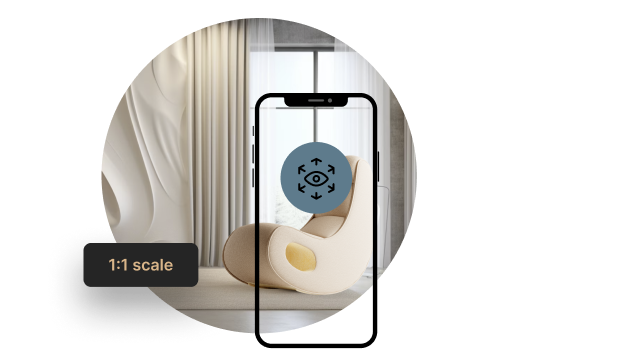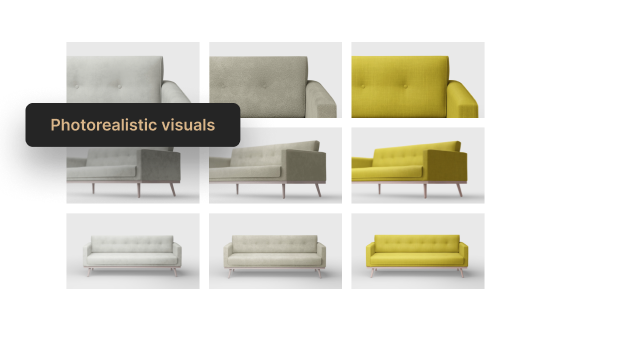The Ultimate 2025 Sofa Configuration Guide
Get your free copy todayy!

Why personalized products can be a competitive advantage and a liability? Developing online sales with furniture offering hundreds of variants is challenging. Fabrics range from soft to stiff, natural to synthetic, with textures like leather, fabric, and suede. Color options include shades from grey to mustard, powder, and sand. Additionally, legs and frames can be customized to fit personal taste and interior design.
At Arrange, we have extensive experience developing tools to automate personalized furniture sales. there is one condition, one key element necessary to create unlimited tools that help showcase and sell custom products.
Scandic Sofa is a young company producing furniture using traditional, manual methods with high-quality materials from Italian and Belgian manufacturers. Their main unique selling proposition is a vast selection of fabrics and extensive customization options.
Seeking to boost online sales, Scandic Sofa faced two main challenges in product customization:
To find a cost-effective solution, we first evaluated existing resources. The client had 3D models of most products, photos of some variants, and samples of all fabric types. A photo session was not feasible due to cost and the difficulty of creating a consistent image set for all variants.
Our goal was to provide a self-service customization tool with photorealistic visualizations, showcasing configured products compellingly and driving sales. The 3D assets played a crucial role in achieving this, ensuring a high-quality, immersive online shopping experience.

The first step in creating a configurator was to automatically generate high-quality renders for all variants. To achieve this, Ar-range developed a software solution for automation that iterated through all fabric and leg color combinations, rendering each configuration.
However, an issue emerged: the insufficient quality of the 3D models affected the realism of the renderings and the accurate reproduction of colors and textures. The visuals were subpar, and improving their quality became our top priority. There were no compromises—the visualizations had to be delightful and photorealistic.

This posed a significant challenge. The 3D assets needed tweaks to be highly detailed, capturing elements like folds, quilting, and stitching to reflect the true appearance of the furniture. At the same time, the models had to remain lightweight for quick loading in web-based augmented reality (AR).
Once we completed the detailed modeling, creating renders for thousands of sofa configurations, along with web-AR models, became a straightforward task.
At that moment, we were ready to create the configurator itself. Why did we choose 2D over 3D product display? It’s quite simple. Even though web-3D technology can produce astonishing results, it still lacks the quality of a high-end render. Besides, we were still going to provide a 3D experience with web-AR, allowing each product configuration to be viewed in your room using a smartphone. The process needed to be simple, not overwhelming with options, and not requiring the involvement of online store support—in line with the principle that "the simplest way to sell is the best way to sell.
It was not an easy process, but thanks to these meticulous changes and the client's patience, we achieved great results. The personalization tool blended seamlessly into the purchasing process, and the stunning visuals emphasized the client's main USP—freedom of personalization.
What we still needed was the cherry on top. Since we already allowed potential buyers to fully explore customization options, it seemed critical to let them see the selected sofa in the comfort of their home. This was achieved with a cutting-edge web-AR solution. All it takes is a smartphone—no external apps needed to distract from the buying process. For desktop users, each product variant has a unique QR code. Simply scan it with a mobile device to enjoy the AR experience—simple as that. The AR feature and the ability to view the sofa in their space reassures buyers they have made the right choice and increases satisfaction with the purchase. Transitioning to the shopping cart is possible from both the 2D configurator and the AR view.







